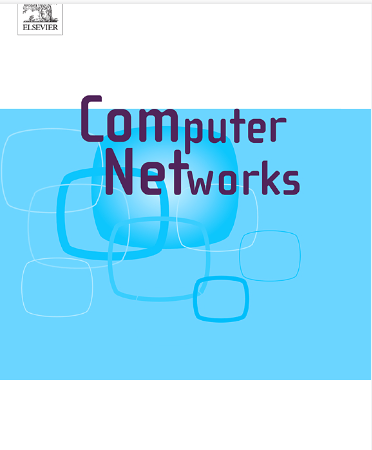Quantum internet building blocks state of research and development
IF 4.4
2区 计算机科学
Q1 COMPUTER SCIENCE, HARDWARE & ARCHITECTURE
引用次数: 0
Abstract
Breakthrough developments in quantum information technology is paving the way to the Quantum Internet. This article aims to provide an overview of the current state of research and development in the field of Quantum Communications and Quantum Internet. We examine the main building blocks and the latest achievements. By providing a holistic overview of recent achievements, this article fosters a deeper understanding of these building blocks, the related opportunities, and challenges associated with the realization of the Quantum Internet. We also provide some simple pedagogical models aimed to give the reader a clear insight on the interactions between quantum networking elements. A simple Quantum Internet 5Level-3D communication model is also provided, which integrates with, rather than parallels, the classical OSI and TCP/IP models. We further describe deployed testbeds and trials and highlight potential opportunities and challenges for Communication Service Provider's. We also provide some KPIs of quantum technologies and their evolution over the last decade. This article is intended as a self-contained entry level tutorial for newcomers who are not familiar with quantum information theory, but with some background knowledge about classical networking. Academics, students, as well as professionals can use this article to become able to begin researching the Quantum Internet, without having to read a plethora of articles, web pages, and books on the subject.
求助全文
约1分钟内获得全文
求助全文
来源期刊

Computer Networks
工程技术-电信学
CiteScore
10.80
自引率
3.60%
发文量
434
审稿时长
8.6 months
期刊介绍:
Computer Networks is an international, archival journal providing a publication vehicle for complete coverage of all topics of interest to those involved in the computer communications networking area. The audience includes researchers, managers and operators of networks as well as designers and implementors. The Editorial Board will consider any material for publication that is of interest to those groups.
 求助内容:
求助内容: 应助结果提醒方式:
应助结果提醒方式:


